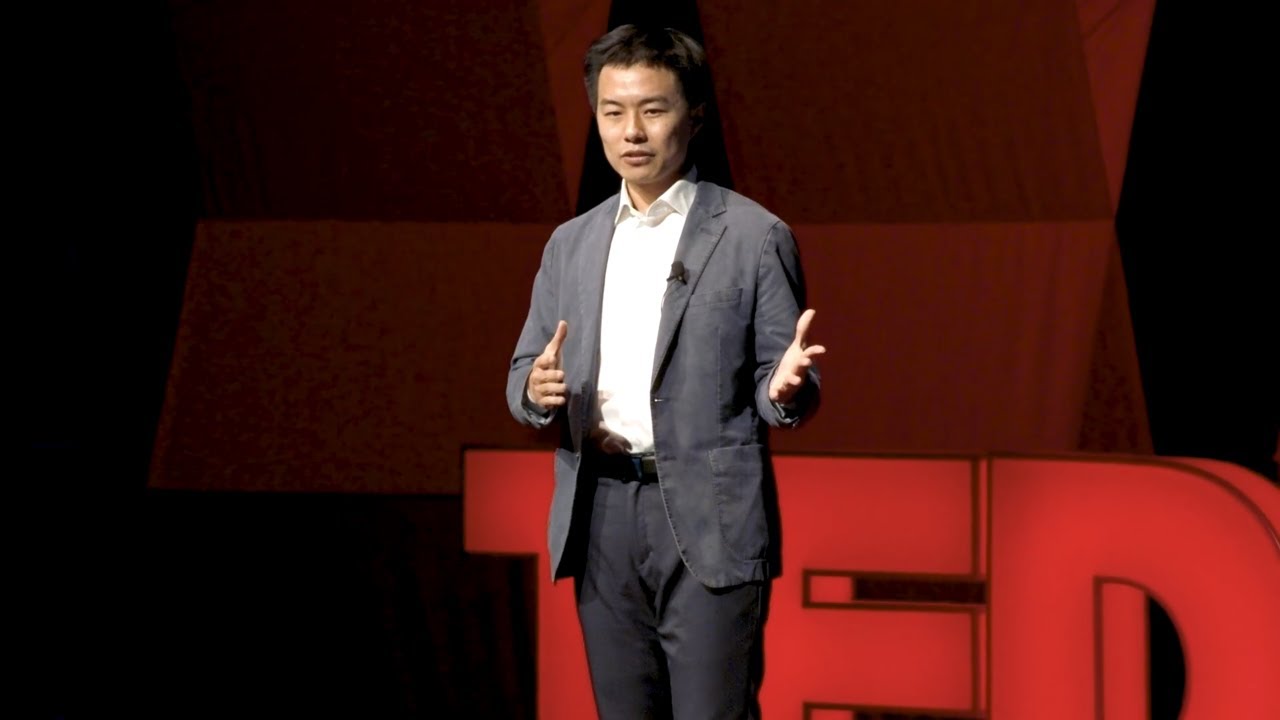
The Power and Limits of AI in Detecting Lies
Ever wish you had a superpower to spot a fibber on the fly? Like, you’d know if that car dealer’s got a skeleton in the trunk or if your partner’s really pulling a late-nighter at work. But can we, mere mortals, really do this? Surprisingly, fibbing is as common as a cup of morning joe. Researchers at the University of Virginia say folks in America drop one to two whoppers a day. Some are pretty hefty, like Nixon’s Watergate scandal. Those kinds of lies can land you in hot soup.
Why Humans Struggle with Lie Detection
So why’s it tough to sniff out the untruths? A study by Bond and Depaulo shows people only nail it about 54% of the time when judging honesty. That’s just a smidge better than flipping a coin! Why’s that? Well, we can’t juggle every convo detail in our noggins, let alone dissect them in real-time. Plus, we tend to trust others, thanks to our truth bias. So, long story short, we ain’t built for lie-spotting.
AI to the Rescue
And now, enter AI, the digital sidekick. Imagine having an assistant who never needs a nap, never loses focus, and remembers everything. AI gobbles up info from cameras and microphones, spotting things we might miss. Maybe a voice goes wobbly or a face twitches. AI’s like a hawk, catching every little thing. It processes this data, picking up on stuff that flies under our radar.
How AI Nabs the Liars
Picture this—a chat between a fibber and a few others. The AI, like a fly on the wall, picks up on expressions, gestures, and tones. It then compares this to some baselines, marking anything that looks fishy. If someone’s face goes tense while their voice dips, AI might sound the alarm. In some studies, AI’s nailed the lies with around 70% accuracy—way better than our 54% shot in the dark.
Exciting but Tricky
Sure, it sounds exciting, but there’s a flip side. A liar’s antics can change with the scene. How they’d fib in a courtroom ain’t how they’d do it over coffee with a buddy. Plus, culture can throw a wrench in the works. A gesture in one place might mean something else in another. Training AI on broad, diverse data can help dodge these pitfalls.
Keeping It Human
But let’s not chuck humans out just yet! AI should play sidekick, not boss. We need judges, for instance, to interpret AI’s findings. And don’t forget the ethics! In the wrong hands, AI could turn into Big Brother. We gotta keep it in check, making sure it’s a tool, not a tyrant. Balancing innovation with responsibility is key to ensuring AI boosts our values, not busts them.
